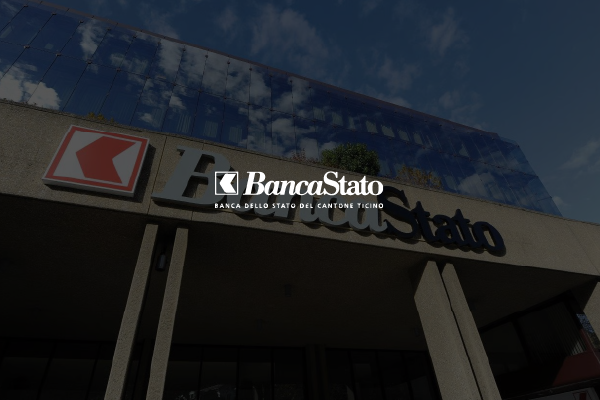Gestão de conteúdo simplificada em todas as etapas
Como o Liferay CMS funciona com outros módulos de produtos
CMS + IA
Automatize tarefas demoradas com IA integrada. Crie e traduza conteúdo, gere imagens, marque e categorize itens automaticamente. Quando combinada com Sites ou e-commerce, a IA também pode exibir conteúdo relevante e recomendações de produtos.
CMS + Sites
Transforme conteúdo em experiências digitais totalmente personalizadas. Com Sites, você pode usar conteúdo do Liferay CMS para criar websites, intranets, portais e lojas online — e visualizar tudo antes de publicar, garantindo qualidade e consistência.
CMS + DAM
Organize e gerencie seus ativos digitais com facilidade. O Liferay DAM permite que as equipes armazenem ativos em bibliotecas, façam publicações em vários sites e controlem o acesso. A marcação e categorização automáticas mantêm o conteúdo estruturado e fácil de encontrar.
CMS + Personalização
Ofereça experiências que se adaptam a cada usuário. A personalização funciona com o CMS para alterar dinamicamente os layouts e o conteúdo das páginas com base nos segmentos de usuários, ajudando você a aumentar o engajamento e a relevância do conteúdo.
Perguntas frequentes
Um CMS tradicional (como WordPress ou Drupal) é “monolítico”, o que significa que o gerenciamento e a entrega de conteúdo estão intimamente ligados. Um CMS tradicional é criado principalmente para publicar em um site usando temas e modelos predefinidos.
Já um CMS headless separa o gerenciamento da apresentação do conteúdo — ele gerencia apenas o conteúdo, permitindo que o front-end seja construído com qualquer framework. Assim, é possível centralizar o conteúdo em um único lugar e publicá-lo em sites, aplicativos e outros canais digitais.
- Entrega omnicanal. Gerencie uma vez, publique em qualquer lugar — sites, aplicativos móveis, dispositivos inteligentes e muito mais.
- Liberdade para desenvolvedores. Os desenvolvedores podem usar qualquer estrutura ou ferramenta, acelerando os ciclos e tornando os fluxos de trabalho mais ágeis.
- Arquitetura preparada para o futuro. À medida que novas tecnologias e canais surgirem, o conteúdo estruturado já está pronto para ser entregue.
- Segurança aprimorada. O back-end é separado do front-end, reduzindo a exposição a ataques.
- Desempenho aprimorado. A separação do conteúdo da camada de apresentação resulta em tempos de carregamento de página mais rápidos e uma melhor experiência do usuário.
O Liferay DXP combina entrega headless com uma rica experiência de autoria. Profissionais de marketing e creators podem:
- Usar estruturas de conteúdo predefinidas.
- Colaborar entre equipes e regiões.
- Usar IA para criação e tradução de conteúdo.
- Aplicar ferramentas de governança para manter a consistência e a conformidade.
O Liferay DXP é uma ótima opção se sua organização precisa :
- Publicar conteúdo em vários canais e regiões.
- Dar mais flexibilidade e agilidade aos desenvolvedores.
- Otimizar os fluxos de trabalho de conteúdo e melhorar a colaboração entre equipes.
- Manter uma governança, consistência e conformidade sólidas.
Sim. Mesmo com uma configuração headless, o Liferay DXP permite que você visualize como o conteúdo ficará em diferentes canais antes de ser publicado. O módulo Sites oferece visualizações e as APIs permitem que os desenvolvedores testem o conteúdo em diferentes dispositivos e canais.
Geralmente, sim. Ao separar o front-end e o back-end, a arquitetura headless reduz uma camada de ataque. O banco de dados do CMS não fica diretamente exposto ao site público, ajudando a proteger contra ameaças de segurança, como ataques DDoS e injeções de malwares.
Conteúdos adicionais




